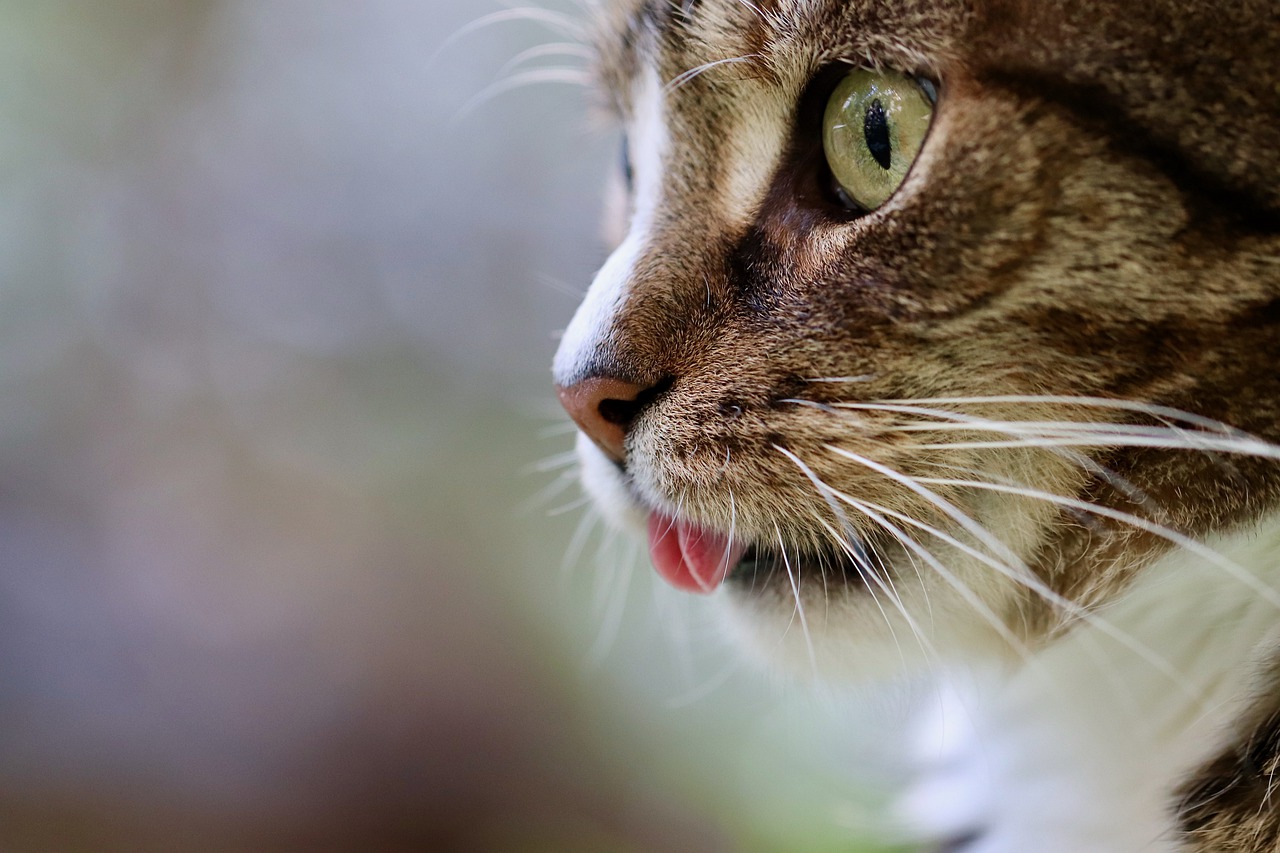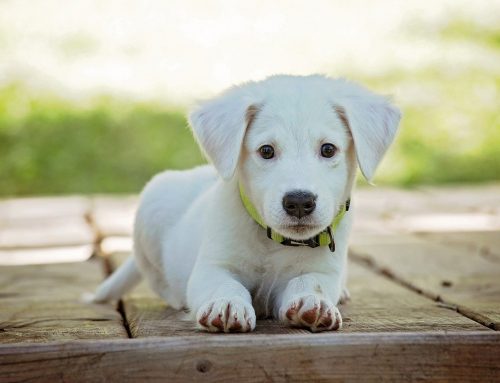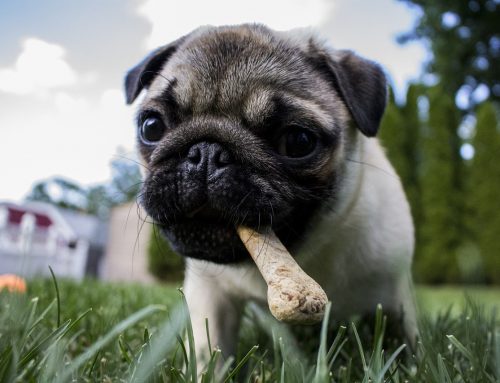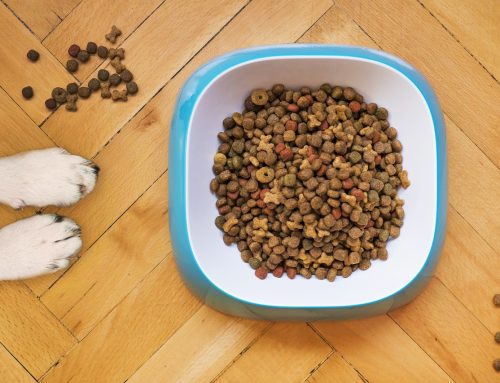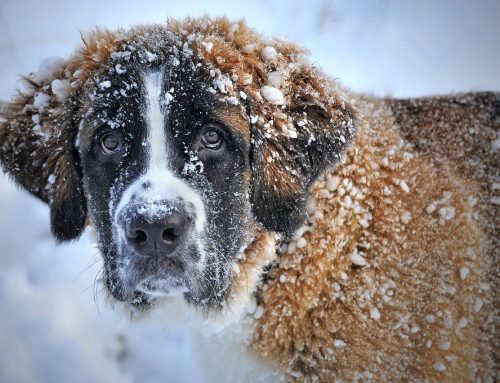In one of our previous articles, we looked at why dogs require different diets. While there aren’t as many different kinds of cats, their dietary requirements can also vary depending on several different factors. As with dogs, ensuring your cat gets the best possible diet entails their best quality of life. Whether you’re a new cat owner, or a classic crazy cat owner with several, here are some things to consider when feeding your kitties and why its important to find the best raw pet food in PA.
The Nutritional Needs of Kittens and Cats
As cats are obligate carnivores, their physiology, biochemical pathways, and digestive systems have adapted to suit a meat-rich diet. This means their typical diet is quite different from dogs and humans. This is a major reason why our raw pet food in PA has been a winning solution for many pet owners. Let’s go into hows and whys of your cat’s diet.
Here are some of the basic nutritional needs of your average felis cactus (domestic house cat).
Protein
Integral in the diet of almost every animal across the planet, protein is made up of vital amino acids which we all utilize in a variety of biochemical processes. Although unlike humans, dogs, and other omnivores, cats are much more reliant on a protein heavy diet. They also don’t have the same ability to convert and use plant-based amino acids, so they need to eat meat to get those vital nutrients.
Cats require four specific amino acids which are commonly found in meat:
- Taurine
- Arginine
- Methionine
- Cysteine
All of these proteins are naturally occurring in meat, with raw being best. Raw pet food is also more attractive to your kitty than plain old kibble, and may be the best way to ensure your cat’s getting the protein they need.
Carbohydrates
As cats are carnivorous, they don’t rely on complex carbohydrates, and actually don’t have the enzymes necessary to break them down. Unlike most animals, cats will derive all of their energy from their protein sources. Although this doesn’t mean cats can’t eat carbohydrates, it simply means that a low-carb diet is more suitable for them.
Kittens
Kittens, unlike full-grown cats, do have lactase present in their digestive system, which allows them to digest lactose. This is the main carbohydrate present in milk, and is integral for development in those early stages. When they’re fully grown though, they lose this ability to process lactose, which results in milk giving them diarrhea.
Fats
Another source of integral acids in your cat’s diet is fat. Not only is it a good source of energy for them, it also helps them to absorb fat-soluble Vitamins A, D, and E. As well as providing them a source of Essential Fatty Acids (EFA) which help with metabolic pathways and skin integrity.
Omnivorous animals like humans and dogs are able to convert the EFAs found in plants to the EFAs necessary in our bodies. Cats however require preformed animal-origin EFAs, which will help them feel their best. Raw pet food is naturally high in the necessary EFAs, so buying quality raw food can ensure they’re getting the energy and acids they need.
Other Nutrients
Keeping with the theme of cats being obligate carnivores, it’s important to note that their nutritional requirements reflect this in the vitamins and minerals they need. Vitamins A, D, and B3 are imperative for a healthy cat, but need to be balanced as too much can have adverse effects.
A common mistake people make when feeding kittens or cats is giving them a strictly meat diet. This is quite different from their typical diet in the wild, as they would generally eat organs and bones too, giving them other vital nutrients like calcium.
Health Conditions that Affect Dietary Requirements
Much like dogs and humans, cats can have health conditions which affect their dietary requirements. Before changing your cat’s diet to suit potential health conditions, you should confer with your local vet for their advice.
Here are some common health problems and how they can be avoided/treated:
- Feline Lower Urinary Tract Disease – specific FLUTD diets are available to help cats recover from this uncomfortable health condition.
- Obesity – most cats in the United States are either obese, or verging on. Sometimes simply changing the size of each meal, or frequency of meals can be best. Raw pet food diets can also help your cat get down to an appropriate weight.
- Dental problems – usually caused by low quality pet food, a change in diet should be enough to help this. Otherwise there are dental tools available for use with felines, ask your vet for more information.
Raw Pet Food in PA
You should now have some of the knowledge needed to give your cat a long, happy, and healthy life. If you’re looking for a provider of only the best raw pet food, then look no further than Happy Critters. We have a delivery schedule in place which visits areas in Pennsylvania, Maryland, New Jersey, and Delaware. Check it out today!



